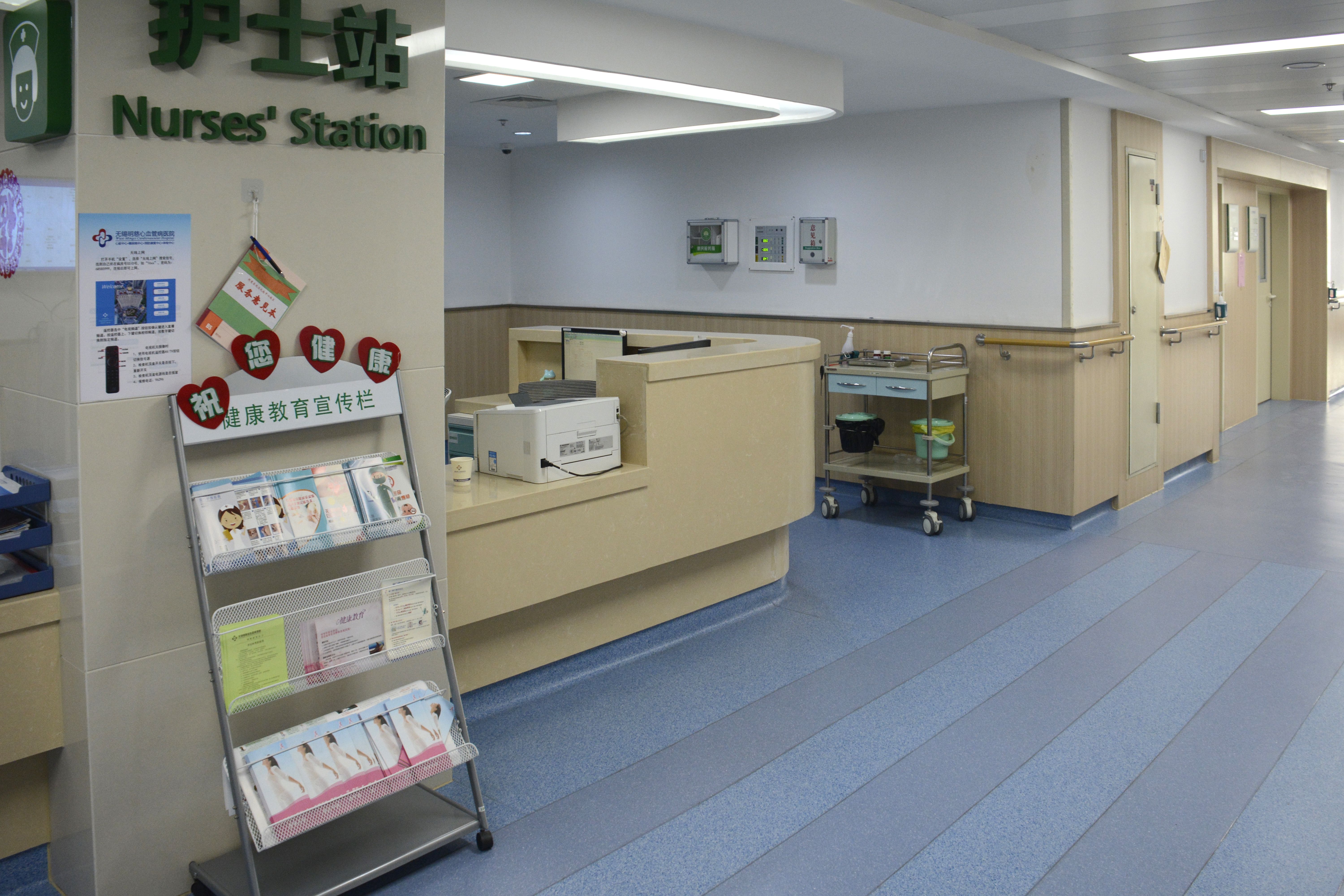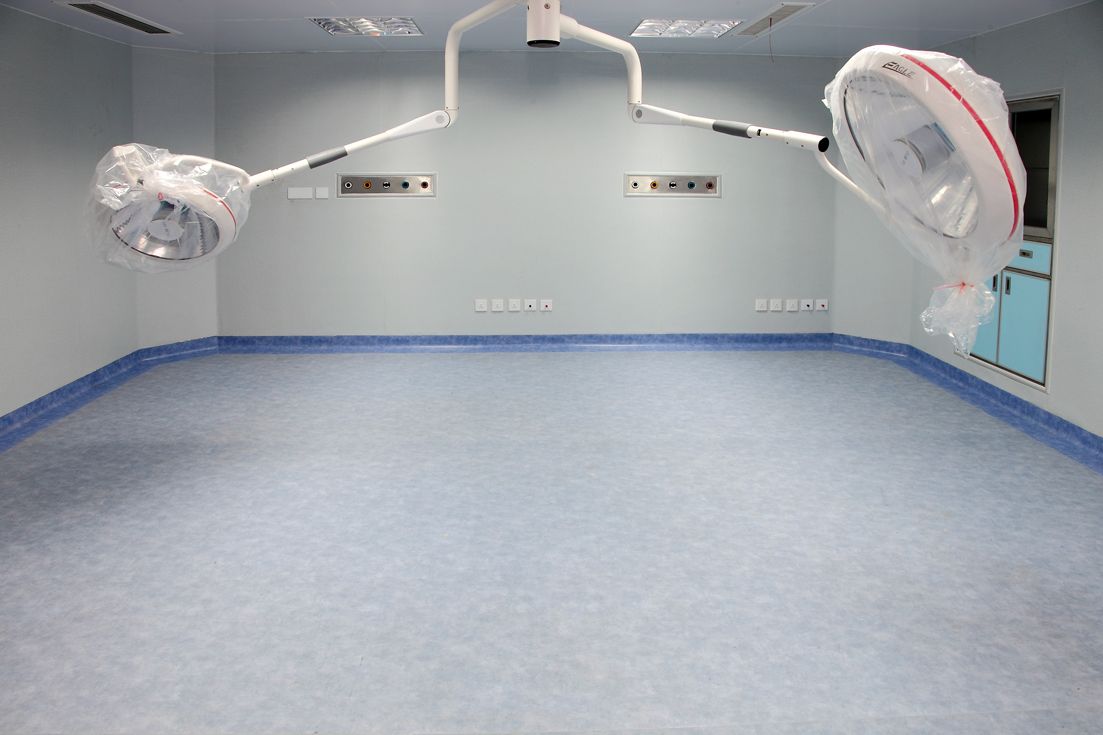PVC: How Do Frequent Tariff Adjustments Affect PVC?
May 18, 2025"According to the news on the website of the Ministry of Finance on the 11th, the Tariff Commission of the State Council issued a notice today. Starting from April 12th, the additional tariff rate specified in the 'Notice of the Tariff Commission of the State Council on Adjusting the Additional Tariff Measures for Imported Goods Originating from the United States' (Notice No. 5 of the Tariff Commission in 2025) will be adjusted, increasing from 84% to 125%. Given that, at the current tariff level, US goods exported to China have no possibility of being accepted by the market. If the US continues to impose additional tariffs on Chinese goods exported to the US in the future, China will ignore it."
Recently, with the continuous adjustment of tariffs, most bulk commodity futures have dropped sharply, and some varieties have reached the daily limit several times. It can be said that the sudden event of imposing additional tariffs caught everyone off guard. However, in the later stage, as the event is digested or develops, prices should still be corrected to some extent, especially for the varieties with gaps in futures, such as PVC. The impact of imposing additional tariffs is more on the import and export side. Since the import volume of PVC is relatively small, we will not conduct a detailed analysis of imports for now, and only look at the situation and impact on the export side.

In 2024, the total export volume of PVC powder in China was approximately 2.6175 million tons. The top five trading partners were India, Vietnam, Thailand, Nigeria, and Uzbekistan. The main export countries and regions were India, Southeast Asia, Africa, etc. The export volume to the United States was not large. Therefore, imposing additional tariffs has little impact on the export of China's PVC raw materials.
China's main exported downstream PVC products mainly include PVC flooring, PVC hard pipes, PVC sheets, films, and PVC flooring products. Through statistics, PVC products are mainly exported to regions such as Europe and the United States, and the export volume to the United States accounts for a significant share. Therefore, imposing additional tariffs will affect the export volume of downstream PVC products, which is somewhat negative for the downstream demand of PVC. In addition, due to the current downturn in the domestic real estate industry and the economic slowdown, it is relatively difficult to sell downstream PVC products domestically. Expanding domestic demand in the later stage is still the key. The following is the export situation of PVC flooring in 2024:
PVC flooring is a common home decoration material, which has the characteristics of wear resistance, waterproofing, and easy installation, so there is a large demand in the international market. In 2024, the total export volume of PVC flooring was 4.736 million tons, among which the export volume to the United States ranked first, with an export volume of approximately 1.4738 million tons, accounting for 31.12% of the total export volume of flooring.
For domestic PVC flooring manufacturers, the cost pressure brought about by the imposition of additional tariffs is like a sword hanging over their heads. If enterprises choose to absorb the costs internally, they need to carry out refined management in aspects such as raw material procurement, production processes, and human resource allocation. For example, renegotiate with suppliers to obtain more favorable raw material prices; optimize the production process to reduce energy consumption and waste generation; reasonably allocate human resources to improve per capita production efficiency. However, these measures often cannot fully cover the cost increment brought about by the increase in tariffs in the short term. If enterprises choose to increase product prices to transfer the costs, it will sharply reduce the price competitiveness of their products in the US market. Take an enterprise mainly engaged in the export of PVC flooring as an example. After the tariff increase, the landed price of its products increased by about 15%, the originally signed orders were cancelled, and the new order volume dropped sharply by 60%.
From the perspective of the market structure, the tariff adjustment will reshape the US PVC flooring import market. Considering costs and profits, US importers will accelerate their search for alternative sources of Chinese products. Southeast Asia, with its labor cost advantages, tariff preferential policies in some countries, and a mature production system, is becoming a new target for US importers. The PVC flooring industries in countries such as Vietnam and Indonesia have developed rapidly in recent years. The quality of some products has approached that of China, and they are more competitive in terms of price. Data shows that in 2024, Vietnam's PVC flooring exports to the United States increased by 23% year-on-year. After the tariff increase, this growth trend may be even more significant. In the long run, the market share of Chinese PVC flooring in the US market will be gradually eroded, and its market position will face challenges.

From the perspective of industrial linkage, the obstruction of PVC flooring exports will have a reverse impact on the upstream PVC raw material market. As an important downstream application field of PVC, the decline in the demand for PVC flooring will directly lead to a decrease in orders for domestic PVC manufacturers. To avoid inventory backlogs, enterprises may reduce their operating rates and the procurement volume of PVC raw materials. This will further intensify the imbalance between supply and demand in the PVC raw material market, putting downward pressure on the prices of PVC raw materials. And the price decline will compress the profit margins of PVC raw material manufacturers, forming a vicious cycle between the upstream and downstream of the industrial chain.
Facing the unfavorable situation brought about by the tariff adjustment, PVC flooring enterprises need to respond actively. On the one hand, enterprises can increase investment in research and development and launch differentiated and high-end products, such as new PVC flooring with functions such as antibacterial, anti-slip, and intelligent temperature control, to enhance the added value of products and cope with tariff impacts with high-value-added products. On the other hand, they should actively explore emerging markets, such as the Middle East, Africa, South America, and other regions. Infrastructure construction in these regions is constantly advancing, and there is a strong demand for building decoration materials, and the market competition is relatively small at present. In addition, enterprises can also strengthen cooperation with domestic real estate enterprises and decoration companies, expand domestic sales channels, and with the help of the huge domestic market demand, make up for the losses in the export market and help the PVC flooring industry smoothly pass through the painful period of tariff adjustment.
Add : No.5 Huaqing Intelligent Park, Huishan District, Wuxi, Jiangsu, China
Copyright © 2025 WUXI TEFA DECORATION MATERIAL CO., LTD. All Rights Reserved.
Sitemap | Blog | Xml | Privacy Policy
 Network Supported
Network Supported